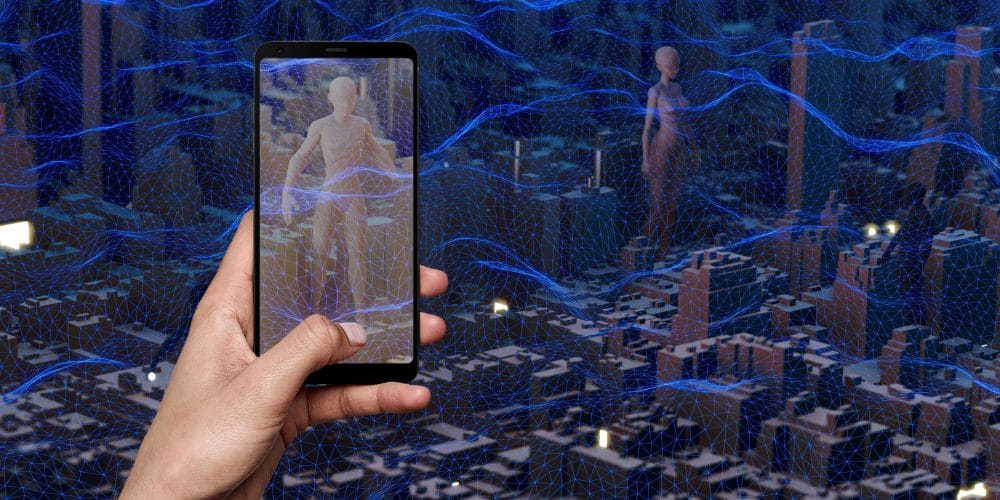By The Wall Street Journal
This transcript was prepared by a transcription service. This version may not be in its final form and may be updated.
Kate: Hey, it’s Kate, one of the hosts of The Journal. Today in your feed, we’re kicking off a new series, it’s about the metaverse. Over the past year, more and more companies have started talking about building 3D virtual worlds. One of our producers, Annie, started digging into the metaverse idea and she got a little obsessed with one metaverse in particular, one that’s already up and running, where people have already started businesses, built homes, socialized and fallen in love, all as avatars. Over the next four Fridays, she’ll be bringing us the story of that metaverse and what it could teach us about a future that seems to be coming. Here’s Annie.
Annie: In the beginning, Philip created the water.
Phillip Rosedale: The water. The water, isn’t that weird? We built the water. We built a surface of water, a graphic simulation that was this blue water and sun. There was a sun and a moon, and it had what’s called specular reflection, which is what we called it in graphics back then.
Annie: Is that sparkle?
Phillip Rosedale: Yeah, the sparkle, exactly. You could see the sparkle of the sunlight off the water.
Annie: Was there sound?
Phillip Rosedale: We did make the wind. We wrote a thing where if you were close to the water, it sounded like water. It was making white noise in your ears. This part I’m really proud of, if you flew in the world, you heard that wind in your ears.
Annie: The shhh?
Phillip Rosedale: Yeah.
Annie: Wow.
Phillip Rosedale: You can hear it. We also did clouds that were really beautiful. Oh, and we had trees. We had these wonderful trees, where all the trees looked different. They had little branching structures and you could move them around too.
Annie: This is very Genesis, I should point out.
Phillip Rosedale: Very Genesis, yes. The evening and the morning was the first day, right?
Annie: I’m on a video chat with a guy named Phillip Rosedale. He’s in his fifties, with spiked blonde gray hair. He has a little bit of a surfer vibe. He’s recalling the time two decades ago, when he and a small team of programmers built a world from scratch. They built it out of pixels, coded it from the second floor of an old industrial building on San Francisco’s Linden Street. In the years that followed that first act of creation, anyone in the world with an internet connection would be able to take up residence in Phillip’s world. They’d be able to buy land, build a house, meet people, start a business, but they’d also be able to change gender or species. They could build anything that they could imagine. They’d be able to fly. Even then, almost 20 years ago now, there was a name for this kind of immersive digital world. It was called a metaverse, but Philip and his team, they had another name for their creation, they called it Second Life.
Jim: You playing that game again?
Dwight: Second Life is not a game. It is a multi-user virtual environment. It doesn’t have points or scores, it doesn’t have winners or losers.
Jim: Oh, it has losers.
Dwight: I signed up for Second Life-
Annie: That’s Jim and Dwight on The Office in 2007. To this day, this is pretty much how Second Life is talked about, if it’s talked about at all. It’s a bit of a joke, a place for the Dwight Shrutes of the world with not quite enough going on in their first lives. But lately, Second Life has seemed like less and less of a joke to me. Instead, it seems prescient. That’s because for the past year, the tech world has been consumed by something of a metaverse mania.
Speaker 6: The metaverse.
Speaker 7: The metaverse.
Speaker 8: The metaverse.
Speaker 9: The metaverse is the next version of the internet.










